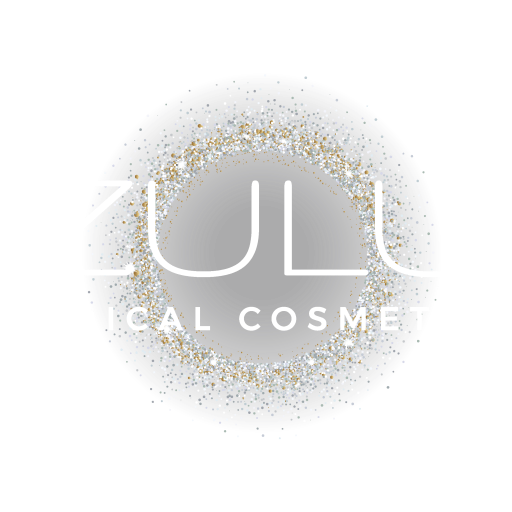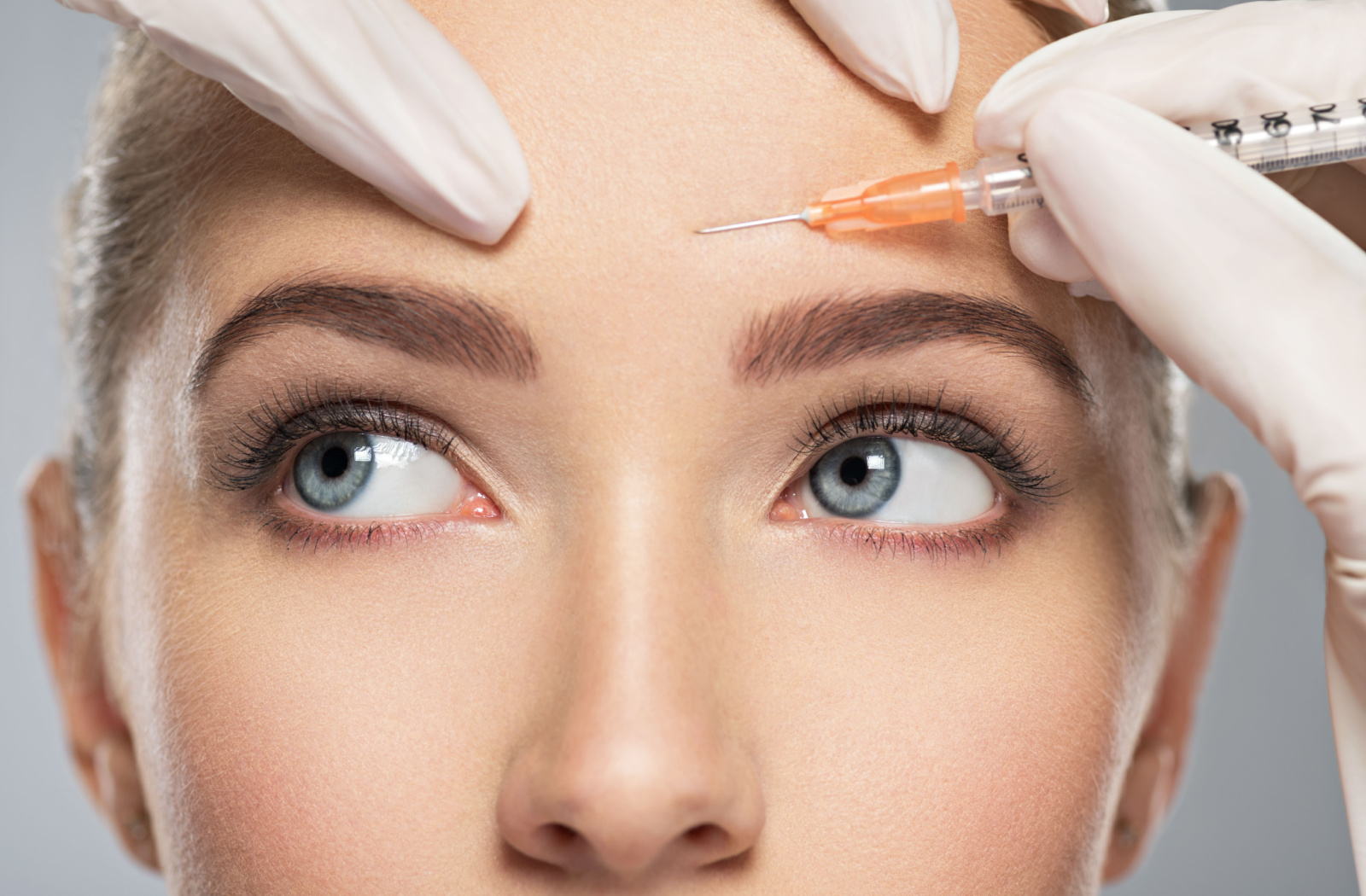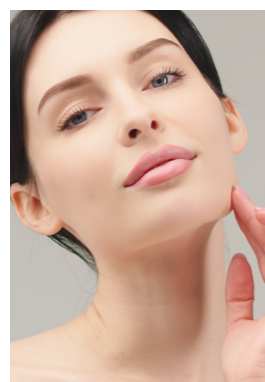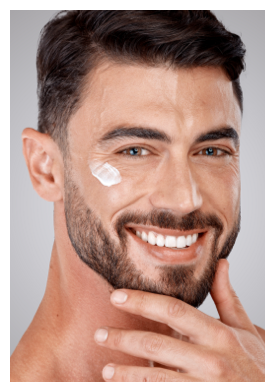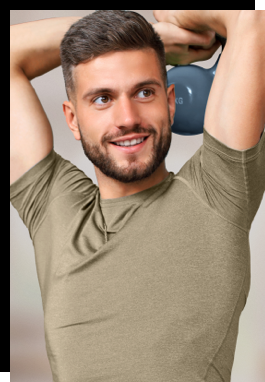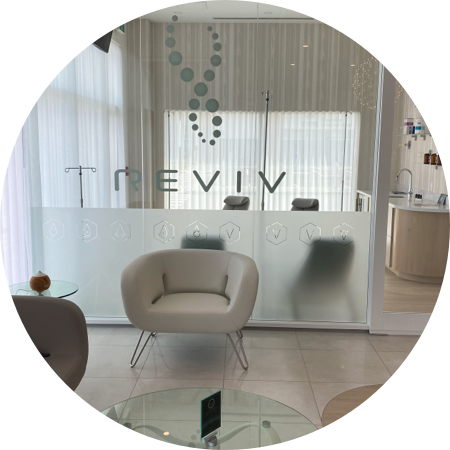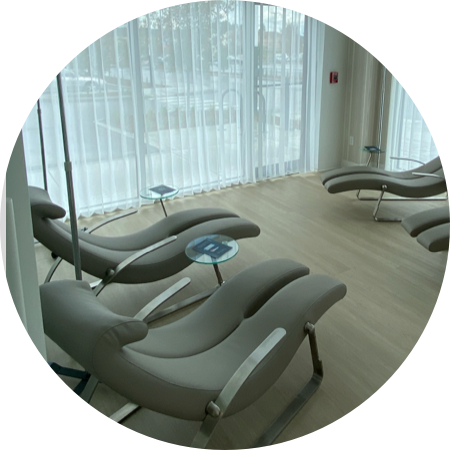Botox is a non-surgical treatment that can help smooth out wrinkles on the face. For people who are insecure about wrinkles and fine lines, it can be an effective defense against these signs of aging. It even has therapeutic uses, as it can address TMJ and excessive sweating.
Botox is a type of neuromodulator, and it’s the brand name for the first injectable toxin that could be administered to patients. Botox isn’t alone, either. Other injectables produced from the same bacteria are all types of neuromodulators. While the way neuromodulators work is straightforward, they must be administered by a certified professional.
What is Botox?
To truly understand the classification of Botox, we must first explore its chemistry and how it works in the body. Botox is a purified form of Botulinum toxin, a neurotoxic protein derived from the bacterium Clostridium botulinum. This protein can interfere with the release of neurotransmitters in the body, specifically acetylcholine, which is responsible for transmitting signals between nerves and muscles.
By actively blocking acetylcholine’s release, Botox can reduce muscle contractions and relieve wrinkles and fine lines on the skin’s surface. It’s precisely in this capacity that Botox is classified as a neuromodulator—a drug that targets nerve function and alters the signaling between nerve cells.
Cosmetic and Medical Uses
Botox is arguably most well-known for its cosmetic uses, including reducing the appearance of:
- Glabellar lines
- Crow’s feet
- Horizontal forehead creases
- Lines around the lips
- Rough chin
- Neck wrinkles
- Frown lines
Botox has also been approved for various therapeutic uses for medical conditions. You may consider Botox for the following:
- TMJ (Jaw pain)
- Hyperhidrosis (excessive sweating)
- Migraines
- Overactive bladder
- Eyelid spasms
The effects from Botox, or any neuromodulator, aren’t immediate. They need time to silence the neurotransmitters within your nerve cells. Once they do, they can weaken your facial muscles and allow the fine lines and wrinkles to release.
Effects may appear within 1–3 days, but most people see full results around 14 days. Neuromodulators typically last between 3–4 months before you’ll need a re-treatment.
Is Botox Safe?
While it’s true Botox is a toxin, it has been safely used for over 30 years. When injections are performed by a trained professional, the procedure is relatively safe and severe reactions are rare. Side effects are possible, but they’re generally temporary and can resolve on their own.
Still, it’s important to know the risks. Minor side effects of Botox include:
- Pain or bruising around the injection site
- Drooping
- Headaches
- Skin rashes
- Temporary muscle weakness or paralysis
- Chest pain
- Generally feeling unwell (malaise)
What are Other Neuromodulators?
Botox is a brand name, and other neuromodulators exist for cosmetic use. One that you may have already heard of is Dysport.
Dysport
Dysport is a neuromodulator injection that uses the same active ingredient as Botox, botulinum toxin type A. Dysport is approved for frown lines between the eyebrows, also known as glabellar lines.
Like Botox, Dysport works by blocking the nerves that cause muscle contractions, which results in the reduction of muscle activity and the smoothing of wrinkles. However, Dysport has a slightly different formulation than Botox; some patients report that it takes effect quicker and lasts longer. The effectiveness of Dysport and Botox may vary from patient to patient, and consultation with a qualified cosmetic physician is always recommended.
Nuceiva
Nuceiva is the newest neuromodulator injection on the market, approved in 2019 by the FDA. Similar to Dysport and Botox in formulation, Nuceiva uses botulinum toxin type A to relax muscles and reduce the appearance of wrinkles.
Nuceiva is unique in that it has the highest protein load of all the neuromodulators, which means it may act faster and last longer for some patients. Nuceiva is only approved to reduce the appearance of lines and wrinkles on the forehead.
As with Dysport and Botox, consultation with a licensed practitioner is recommended to determine which neuromodulator may best fit your needs.
The Procedure
Neuromodulator injections are quick and generally require no downtime. The procedure typically takes 20 minutes and involves a series of small injections into the targeted muscle groups.
Your licensed cosmetic physician or nurse will start by assessing your facial muscles and determining the optimal injection sites. We can then use a fine needle to inject the neuromodulator into the targeted areas. Patients may experience a slight pinch or sting at the injection site, but this sensation should quickly subside.
Discover the Benefits of Neuromodulators
Botox’s status as a neuromodulator sets it apart from other cosmetic treatments on the market. It focuses beneath the skin, targeting nerve function and altering the signalling between nerve cells. This can result in fewer wrinkles and fine lines on the skin’s surface.
Any injectable treatment must be performed by a reputable and qualified medical professional specialized in cosmetic dermatology.Botox may seem like a simple cosmetic choice, but its classification as a neuromodulator speaks to its complexity and versatility in modern care. Our team at Zulu Medical Cosmetics can offer individualized advice to address your cosmetic concerns. Book your appointment to learn more about Botox and other neuromodulators.
